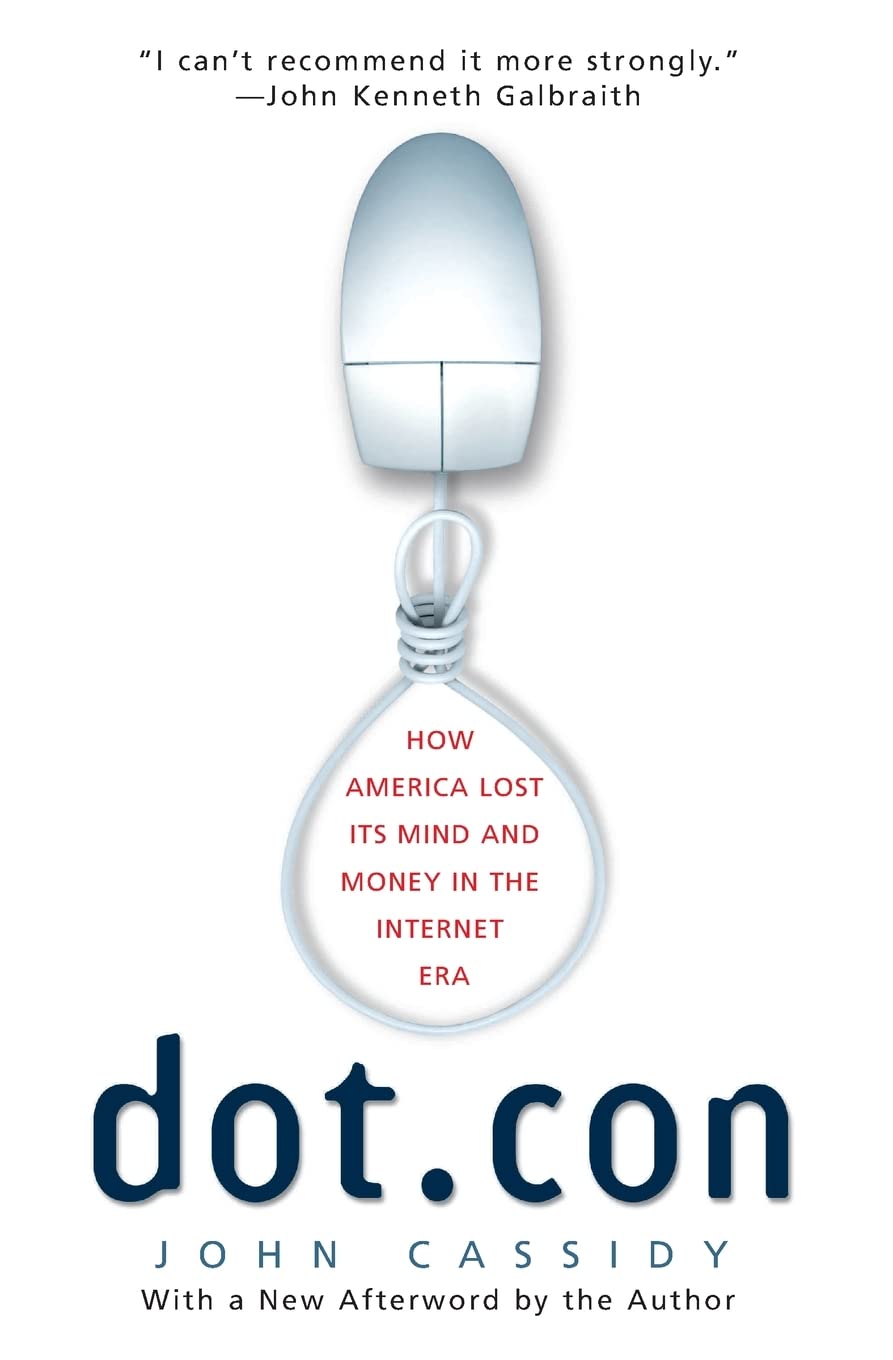Creative Bot Bulletin #9
By Alexander de Ranitz
A NOTE FROM THE EDITOR
Hey everyone! Welcome back to Datakami’s Bot Bulletin. I hope you all had a lovely, relaxing summer. But even when the sky is blue and the sun is shining, the world of AI keeps moving- so let’s take a look at some of the interesting developments of the past two months!
As AI models become more powerful, the rules and regulations regarding AI and data also become increasingly important. In Europe, rules such as the AI Act, Digital Markets Act, and GDPR govern what AI companies can and can not (or should not) do. Users and data owners are also becoming more aware of how valuable their data is, and are acting accordingly. Some of the consequences of these developments, as well as some cool new releases, are highlighted in this newsletter. Enjoy!
—Alexander
Featured: The Release of Ideogram 2.0 and Flux.1
In August, two text-to-image models were released: ideogram 2.0 and Flux.1. Not much information was released about how these models work, so it is hard to judge how different they are from previously existing image generators. But the proof is in the pudding, so let’s take these models for a spin and see what they can do.
One thing I find image generators struggle with is generating paintings. The result almost always looks like digital art instead of an actual painting. To see if these new models fare any better, I used the following prompt: “ A colourful impressionist painting of a bonsai tree perched on a rock. In the style of Monet ”. Here are the results:

The generated images. Flux.1 on the left, Ideogram 2.0 on the right.
I have to admit that I was surprised by these results. The image generated by Flux.1 is similar to what I often get when trying to generate paintings: a beautiful image, but nothing that resembles an actual painting, let alone the style of Monet. Ideogram 2.0, on the other hand, absolutely nailed this prompt, generating something that truly looks like a painting, with the correct subject, in the correct style.
A decline in available data for training AI models
Large pre-trained models need massive amounts of examples to learn from. For most models, these examples consist of publicly available web data. But according to this paper from the Data Provenance Initiative, access to such data is becoming increasingly restricted. Through changes in terms of service and robots.txt files, data owners are indicating that their data should not be used to train AI models. This is especially common with high-quality data sources such as news websites and encyclopedias. As a result, the quality of public AI training data might decrease. High-quality data might only remain available to those able to pay for it.
DeepMind’s Gemma 2 and GemmaScope
In June of this year, Google’s DeepMind released the second version of its Gemma AI Models, a family of relatively small and lightweight models. Additionally, DeepMind released Gemma Scope, a toolset to analyse and manipulate features found in Gemma 2 models. Here, features refer to abstract concepts which can be represented by the model such as humour, dogs, things related to Denmark, etc. Using Gemma scope, you can see which model features are activated for a given input. You can also boost certain features to manipulate the model's output. You can experiment with Gemma Scope through research platform Neuronpedia to better understand how Gemma works and how its behaviour can be pushed in certain directions.
DeepMind’s AlphaProteo
Another interesting new release from DeepMind is AlphaProteo. You might already know AlphaFold, an AI model which can predict the 3D shape of proteins. AlphaProteo goes a step further by being able to successfully design proteins that can bind to a given target protein. This can drastically improve drug development, disease diagnosis, tissue imaging, and more. Under the hood, AlphaProteo uses a generative AI model to design possible binder molecules. This goes to show how widely applicable generative AI models can be: it’s not just chatbots and image generators!
ClearviewAI Fined for Illegal Database
The Dutch Data Protection Authority (AP) has fined Clearview AI over 30 million euros for creating a facial recognition database from over 30 billion images. According to the AP, Clearview AI collected biometric data for their services without asking for consent, which is not allowed. Furthermore, the company did not properly inform people about how their personal data was used. Clearview AI is not allowed to sell its products within the EU. This is another example of how privacy and data protection rules are increasingly playing a central role in the field of AI.

Book: Dot.con by John Cassidy
Judith has been reading Dot.con, a non-fiction book by John Cassidy about the Dot Com boom of the 90s. If you replace "internet" or "information superhighway" with "AI" it reads like a description of the current state in tech. The book was published in 2003, so it might suffer too much from myopia to fully analyze the long-term effects of the boom. Even so, it's quite a funny read -- Cassidy clearly considers the whole thing an irrational mass-mania. Recommended for people who (1) like a tongue-in-cheek throwback to the early 00s or (2) want insight in the development cycle of a global technology hype.
Datakami news
We're currently working on multiple blogposts about projects we did in the past year. Stay tuned for long-form details about our work with Tencent's image generation model Photomaker, package manager Nix, and monitoring tool Honeycomb!
Judith and Yorick will be attending LevelUp 2024 in Eindhoven (NL) at September 30.
Judith and Yorick are joining the Founders Drinks at the INNOVATE experience in Arnhem (NL) on October 18.
Yorick will be attending NixCon 2024 in Berlin (DE), from October 25 to October 27. Drop him a line if you're there as well and want to meet up!
Judith and Yorick are joining AI Summit Brainport in Eindhoven (NL) on November 7. Judith will be part of the Matchmaking Track for "connecting AI innovators with industry challenges". Come talk to her if you have an interesting applied generative AI problem to discuss! ;)
More like this
Subscribe to our newsletter "Creative Bot Bulletin" to receive more of our writing in your inbox. We only write articles that we would like to read ourselves.